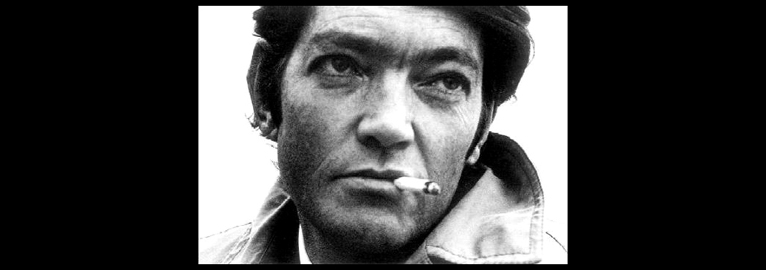
This offers not a makeshift diminution of piano trio instrumentation, still less keyboard solos with percussion support, but equal-voiced contrapuntal duets. And despite an obvious commitment to spontaneity, the concentrated work that preceded these performances is apparent from the participants' instant response to one another's invention. Yet although, like Ornette Coleman and Don Cherry on say "Mapa" (Ornette Coleman - "Ornette On Tenor") Pullen and Graves sometimes play clearly related, even antiphonal, ideas, at other points they may seem to pursue separate lines of argument whose real interdependence will be come evident only when the music and its methods, have grown familiar. If the sequence of musical events here crosses new terrain that is largely because jazz percussion found a fresh role during the 1960s.
Aspects of this are suggested by Max Roach solos like "Mendacity" ("Drums Unlimited") but more relevant was Elvin Jones's suppressing the cymbal beat's domination, for this accorded freedom to the drummer's secondary patterns and so led to a more uniform rhythmic polyphony. The resulting dissolution of bar-lines was analogous to that found on the melodic plane with Coleman; and Graves, like Sunny Murray, drew the full linear, indeed multi-linear, conclusions which this development implied. That this brought about not just a change of function but a more independent study of the expressive potential of rhythm and percussive sound free of the obligation to regular time-keeping is confirmed by the sharp, clear outlines of Graves music, its diversity of nuance, uncommonly wide dynamic range and irregular phrase-lengths. That phrasing is essentially melodic, and his very fine technique enables him to integrate an impressive variety of figures into a line, changing their shapes - and colours - all the while; the entire kit is in almost constant use, this being complemented by Pullen's employment of the whole keyboard. The extreme mobility also partly accounts for the manner whereby a figure grows out of the preceding it or the one produced simultaneously, and the result is often an overlapping mosaic structure which parallels that of Sun Ra's later orchestral performance ("The Heliocentric Worlds Of Sun Ra", vol 1) and which can be further studied in Graves' percussion duets with Sunny Murray on ESP (A) 1013.
If Graves and Pullen complement each other so well it may be because while the former plays his instruments as a miniature drum orchestra the latter does the opposite, his approach following the percussive techniques of Cecil Taylor and Bud Powell rather than the orchestral pianism of Art Tatum and Jelly Roll Morton. This in turn links with the percussive orientation of much post-Coleman jazz - e.g. Bobby Hutcherson's vibraharp playing on "Happenings" which is perhaps compensation for the music's losing its harmonic dimension. And certainly Pullen, like Graves, has advanced further the increased mobility his predecessors achieved, but to the point where the melodic shapes are less jagged than Taylor's, the rhythmic emphases, though as varied, more legato in their effect. His technique is almost fantastic in its nervous energy, melody and rhythm, dissolving in an ever-changing relentlessly mobile texture, a whirlwind of ideas, the vividness and cogency of whose ebb and flow allows no relaxation of the listener's attention. The emancipation of dissonance is complete, and, Pullen's richly chordal figures notwithstanding, the cadential impulse of traditional harmony is gone completely; instead, and almost seamless continuity is maintained. The dense showers of notes are sometimes reminiscent of Stockhausen's "Klavierstücke", not least in their eradication of conventional scale and arpeggio formations - which of course arose from the orthodox harmony. There are links to with the permutational aspect of John Coltrane's linear extensions (e.g. "A Love Supreme") yet behind the continuing glitter the moods range widely, some passages being delicate, fugitive, others assertive of a complete fury. But musical tension is maintained always.
(Max Harrison, in "Modern Jazz 1945 -70, The Essential Records")
1. P.G. III / P.G. IV
2. P.G. V
Milford Graves: Drums, Percussion
Don Pullen: Piano





















